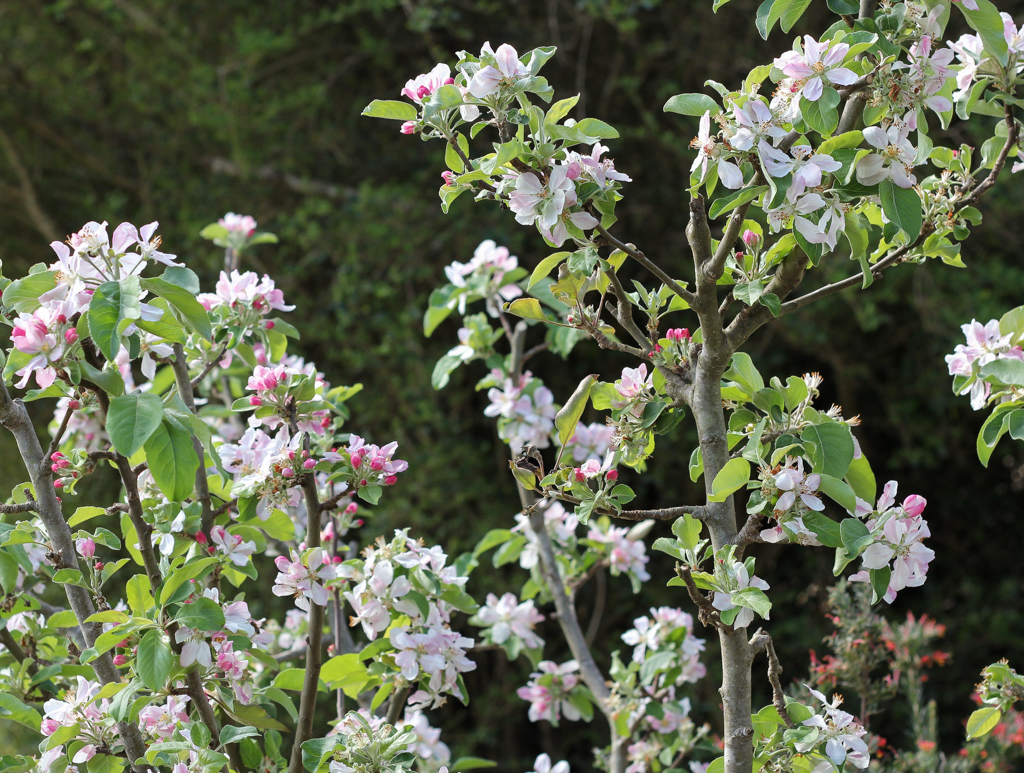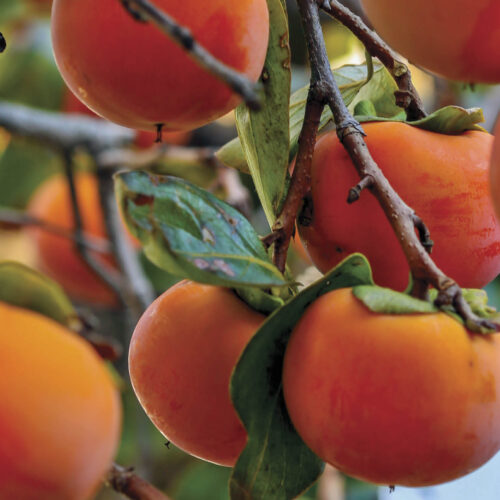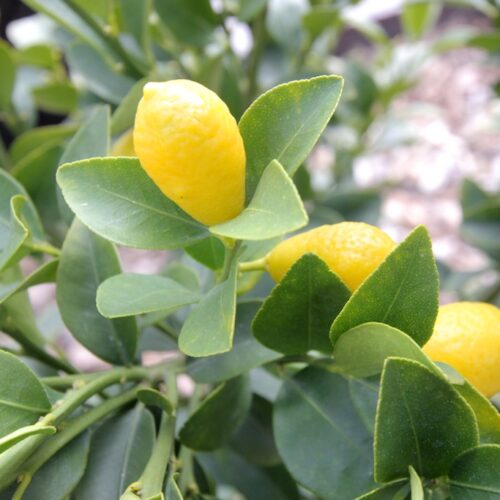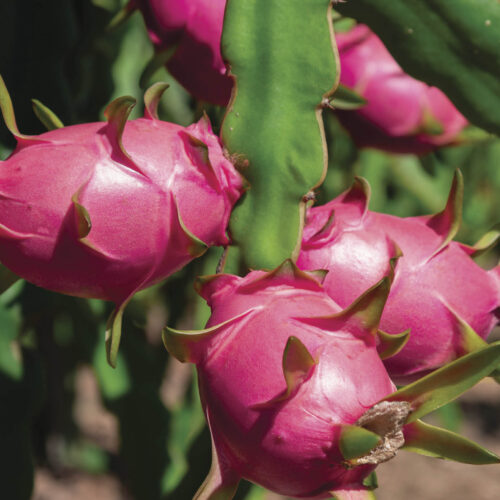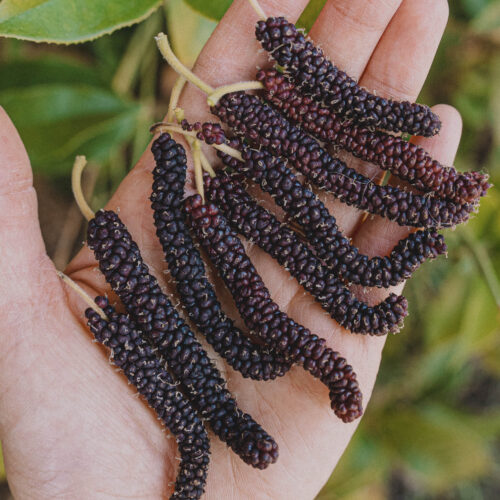The birds and the bees
2015-08-20T02:43:51+10:00
JUSTIN RUSSELL discusses the birds, the bees and the mysteries of fruit tree pollination.
Pollination is one of those topics that seems to mystify a lot of gardeners. My guess is that most people understand the basics, that pollination is essentially plant sex and involves the fertilisation of a flower in order to produce fruit. The specifics of how various plants are pollinated is mind boggling.
Take my favourite fruiting tree, the apple. Only a tiny portion of the 3000 or so named varieties in existence are what botanists call monoecious, that is, self pollinating (“mono” equals one). Most apple varieties are dioecious (“di” equals two). They require another apple nearby that flowers at the same time in order for pollen to hitch a ride on a bee’s legs from one tree to another.
At the other end of the spectrum, there is a small group of apples with three sets of chromosomes. These are known as triploids, and their sex lives are a bit more complicated than usual. Unlike diploids, which can give and receive viable pollen, triploid apples are selfish – they can only receive, not give. In practical terms this means while triploids can be pollinated by a second tree nearby, they cannot pollinate in return.
Here’s a specific scenario. A common triploid is Bramley’s Seedling, a famous cooking apple that originated in England. Imagine you are growing Bramley with Fuji, Japan’s most famous apple. Your Fuji tree will pollinate your Bramley, but poor old Bramley is sterile and can’t return the favour. If you want to get fruit from your Fuji, you’ll need to plant a third variety, let’s say Granny Smith, Australia’s most famous apple (yep with triploids, sex is often a horticultural menage a trois). Fuji and Granny will fertilise Bramley, but because Bramley’s pollen is a bit iffy, Fuji and Granny also have to pollinate each other. Saucy stuff, apple sex.
Each species of fruiting tree has specific requirements in the loving department, and each cultivar within a species can vary. Some almonds are self pollinating, for example, but some aren’t. It pays to know which is which, and this is where the advice of a good nurseryman/woman is vital. They’re plant match-makers in disguise, and know the ins and outs of who is compatible with who.
The final part of the pollination puzzle is the means by which pollen is transferred from tree to tree. Honeybees are the most well known pollen carriers, but other insects play a role in pollinations as well. My apple trees are usually buzzing with native bees during blossom season, and though these little critters aren’t as efficient as the honeybees, they are present in much greater numbers and make a big difference. All of these insect pollinators are vulnerable to toxic pesticides such as Confidor, so unless you want to imitate a bee by hand pollinating each and every flower in your orchard, I’d suggest you find ways to encourage your pollinating partners to thrive.
One more thing to note: Some plants within the Fagaceae family of plants, which includes hazelnuts and chestnuts, are fertilised by the wind. If it sounds like the most poetic kind of plant sex imaginable, you’d be right. Pollen from male flowers literally floats on the breeze and is ensnared by female flowers, which are fertilised and produce a delicious crop of chubby little nuts.

